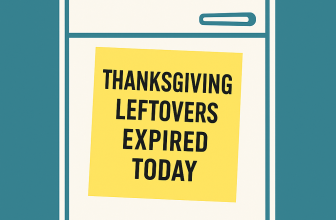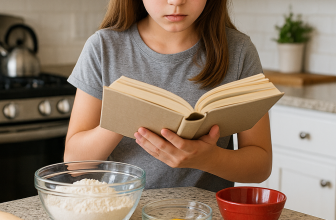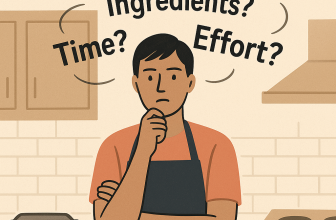We know you’re doing your best to stretch every dollar, but groceries keep getting more expensive. From meat and produce to pantry staples and coffee, prices are climbing. A new wave of tariffs (and a few farming hiccups) means some foods are about to cost even more.
The truth is, a lot of what we eat doesn’t actually come from U.S. farms (think coffee, cocoa, bananas, and spices). Add in rising labor costs and shortages here at home, and it’s a recipe for higher prices across the board.
Many grocery items are expected to see small but steady price hikes (around 10% on average) as new trade rules and supply costs roll through. That’s why now’s a smart time to stock up on certain foods, including pantry staples and perishables, before they jump in price. We’ll also show you the best ways to store and freeze them so you can make your groceries last longer and your budget stretch further.
Pantry & Shelf-Stable Foods to Stock Up On
- Coffee: Consider non-Brazilian origins (Colombia, Central America, Africa) or buy whole beans in bulk when you see promotional pricing. Store them airtight, cool, and dark. Freeze in week-sized portions for 2–3 months without quality loss.
- Canned goods: Everything from beans and tomatoes to tuna and soups may increase in price as the cost of can production rises. Buy when they are on sale. They’ll keep for 1–2 years. Alternatively, shift away from cans where it’s easy: buy dried beans/lentils and boxed tomatoes/passata when they’re cheaper than canned;
- Imported specialty foods: Think olive oil, European cheeses, cured meats, and wines. These often cost more when trade costs rise. That’s a good reason to snag a few favorites now.
- Honey: Some imported honey is already going up in price. Check local or U.S.-made options when you can.
- Tropical goods: Items like orange juice concentrate, coconut water, açaí packs, and Brazil nuts could all inch higher. These are pantry staples worth grabbing ahead of time if you use them often.
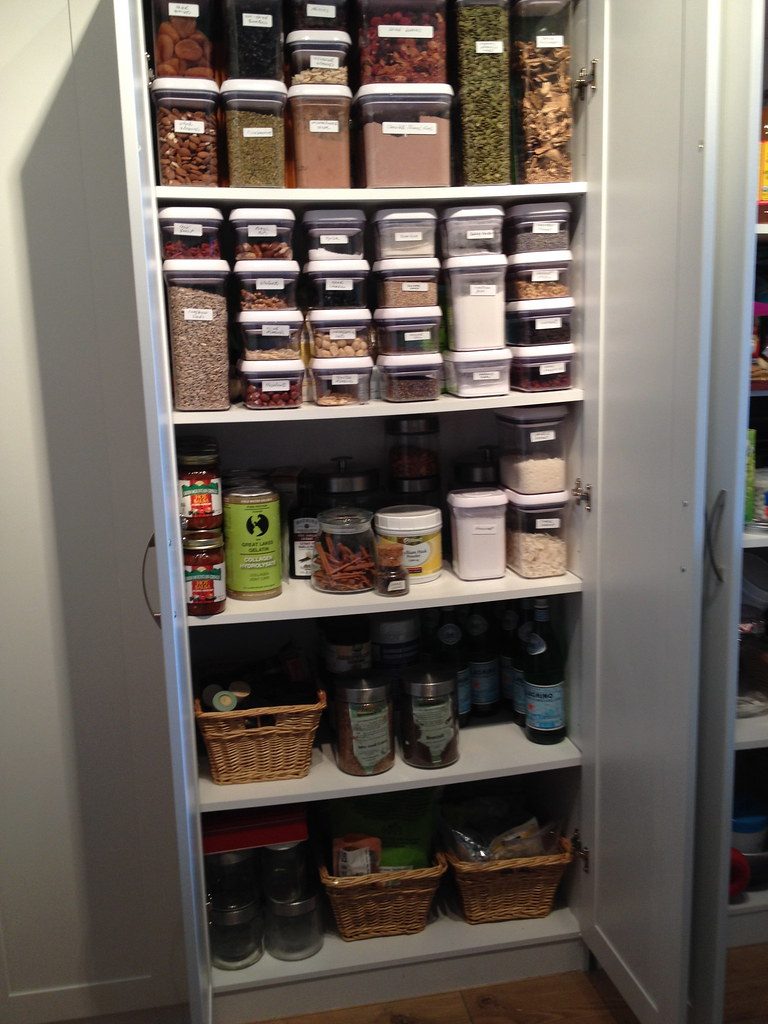
Perishables Worth Stashing or Freezing
- Proteins (meat, chicken, pork, etc.): Portion into individual freezer storage bags, so they can lie flat and be pulled out as needed. Best for 3-6 months.
- Tomatoes: Perfect for freezing whole or crushed (for sauces). Best quality: 8–12 months.
- Shrimp: Keep frozen and tightly sealed to avoid freezer burn. Best quality: 6–12 months.
- Hard cheeses: Buy large wedges. Portion and wrap Parmesan, Romano, or aged cheddar tightly before freezing. Best quality: 6–8 months. Grate after thawing.
- Shellfish (mussels, clams, etc.): Cook lightly first, then freeze in brine. Best quality: 3–6 months.
- Mushrooms: Sauté before freezing to keep their flavor. Best quality: 10–12 months.
- Chocolate & Cocoa: Stock up on baking chocolate, chips, or cocoa powder if you use them often. Freeze chocolate (well-wrapped and airtight) for up to 1 year. Store cocoa powder in a cool, dry place, and it’ll stay good for 2+ years.
- Spices & Seasoning (vanilla, cinnamon, nutmeg, black pepper, cloves, and cardamom): Buy now before the holiday baking season. Keep spices sealed tightly and away from heat and light. Whole spices will stay fresh up to 3 years. Ground spices are best within 6–12 months. Freeze whole vanilla beans in an airtight bag to keep them soft for up to a year.
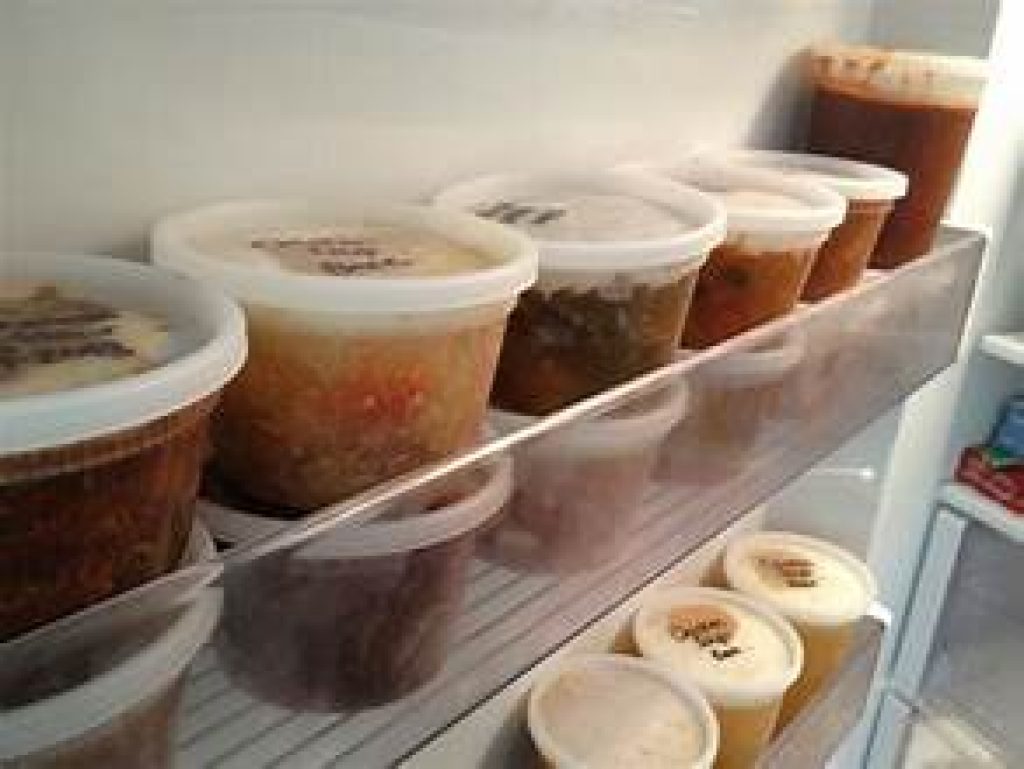
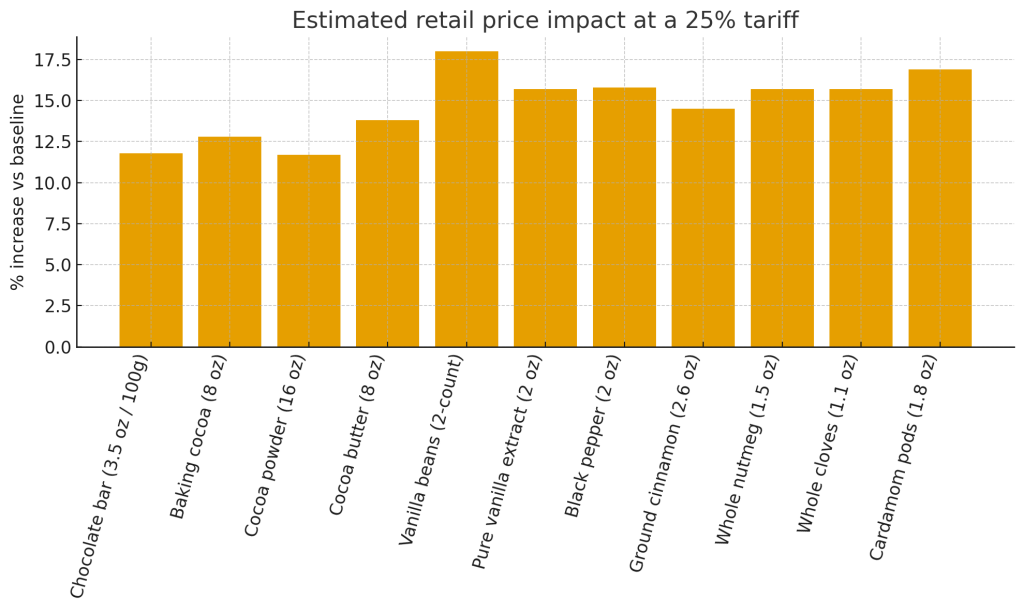
Being a smart home cook is not just about what you make. It is also about how you plan. Stocking up on essentials before prices rise, storing them properly, and knowing which foods last the longest can save both money and frustration. A little preparation now means more flexibility and flavor later. That is the kind of kitchen confidence every home cook deserves.

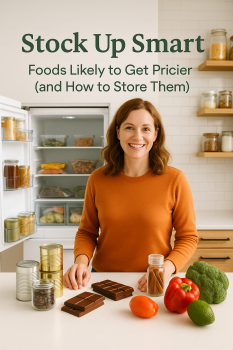
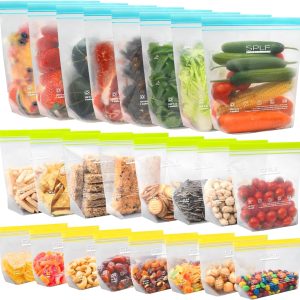




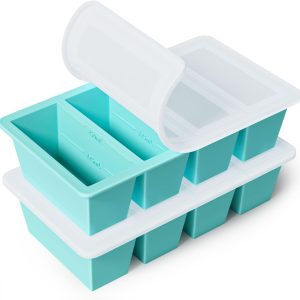



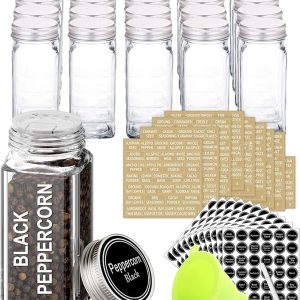



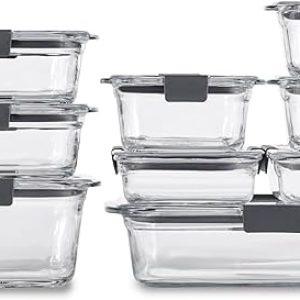
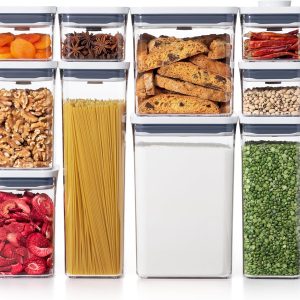



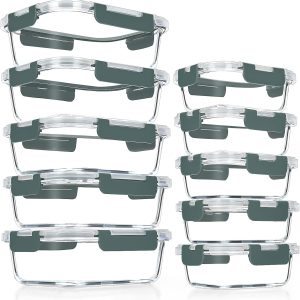




![[6 Pack] 16 oz. Regular-Mouth Glass Mason Jars](https://smarterhomecooking.com/wp-content/uploads/2025/02/glass-jars-1-300x300.jpg)
![[6 Pack] 16 oz. Regular-Mouth Glass Mason Jars](https://smarterhomecooking.com/wp-content/uploads/thumbs_dir/glass-jars-3-r0zck5ofk4ss2phkz7gynvoz2rjflrrwo20rzumzvc.jpg)
![[6 Pack] 16 oz. Regular-Mouth Glass Mason Jars](https://smarterhomecooking.com/wp-content/uploads/thumbs_dir/glass-jars-2-r0zck7k3xsvcpxeuo8a7sv7w9ja615zdcbbqy519u6.jpg)


